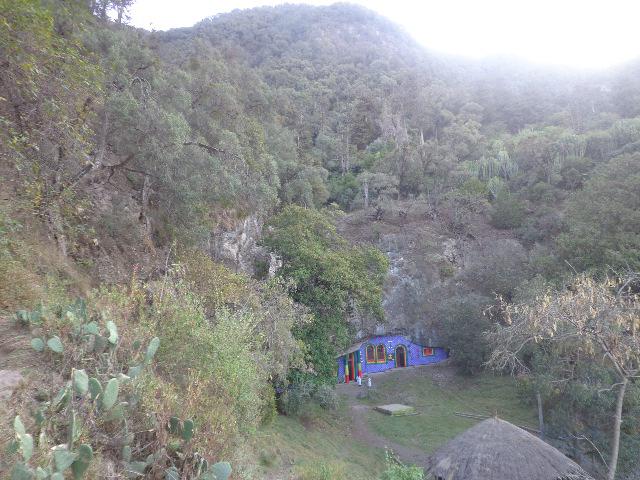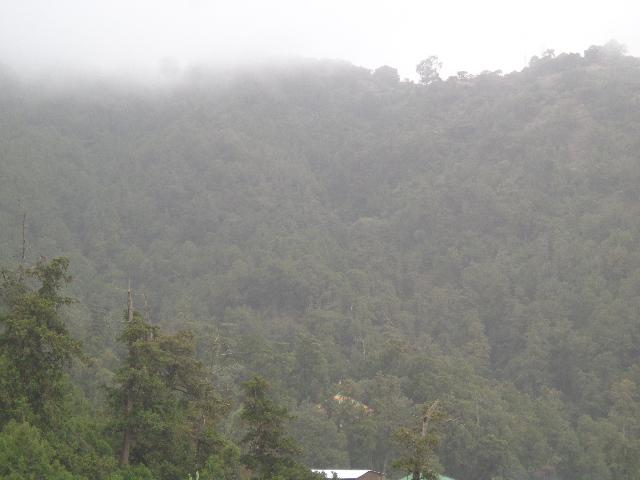Semu Arayaselassie Abebe
Ethiopian forests have been degraded, the original forest of the Northern part of Ethiopia has almost disappeared. Only relict patches of forest are found in inaccessible, protected and religious places. This research will be conducted in relict monastery forest patches of Northern Wollo Ethiopia implication to conservation and restoration. The research will examine the diversity, composition, regeneration of endemic and native plants. In addition, it will evaluate the ecosystem service rendered by the monastery forest and identify the cause of degradation and indigenous knowledge for conservation. In addition, for selected woody plant species future climate suitability analysis will be done for recommending for restoration and conservation. The result enables developing conservation and ecological restoration techniques and plan.

The Ethiopian Orthodox Tewahido Church (EOTC) is among the oldest Churches in the world. The Churches are named based on their services as “Gedam” or “Debr”. The Churches possess different size of land mass of forest and vegetation. These institutions built on different sizes hills and as a result most of them are visible from a distance having majestic appearance. The institutions are seen by their followers as the highest holy places with high respect and are powerful institutions socially. In EOTC holistic manner of nature is considered as correct. Accordingly, the nature including humans, animals, forests/ tree, water, land and the creations by the Almighty as the whole are considered as gifts for human and must be in proper usage and some thought to be untouched. According to Bonger et.al (2006) the forest patches of EOTC can be taken as relic of the former or ancient vegetation types which were believed to be found in the degraded areas. The Monasteries constitute the largest share of relict patches found in the country.

Understanding the floristic composition and structure of the monastery forest patches will not create the full picture of the monastery forest patches status.
In addition to the vegetation ecology study it will be important to see the climatic condition land use land cover change, socio economic implication and indigenous knowledge of the society to get the full picture of the forest. In this project we will try to see the floristic composition and structure of the forest patches. The implication of this project is for conservation and restoration of the degraded surrounding land mass of the areas. The climate modelling of selected species from the area will enable us to foster the conservation and restoration of the degraded lands. So as a second activity this project will develop Maxent model for climate suitability analysis. Based on the model the conservation activities conducted by different stakeholders will get some insight about what to plant and why to plant.
Finally, the socio-economic aspect of the forest patches will be valuated which will be useful to aware the society in conservation of the forest patches as they knew how much they will gain from protecting the patches. In addition to the above-mentioned activities other important activity will also be carried out like land use land cover change as it has impact on valuation of ecosystem services.